MARKET SNAPSHOT
$1,013 3Q 2024
92.2% 3Q 2024
502 [YTD: 1,132]
3.4% 3Q 2024
+10 BASIS POINTS
438 [YTD: 1,844]
Multifamily demand in Tulsa continued its strong performance into the third quarter of 2024, with net absorption reaching 502 units over the last three months and bringing the year-to-date total to over 1,130 units.
Following a surge in early 2024, multifamily completions in Tulsa slowed significantly, with only 438 new units delivered in Q3 across four of the city’s 15 submarkets.
By the end of Q3 2024, Tulsa’s apartment market recorded a 3.4% annual increase in rents, three times greater than the average rate logged at the national level.
502 UNITS
[YTD: 1,132]
Multifamily demand in Tulsa continued its strong performance into the third quarter of 2024, with net absorption reaching 502 units over the last three months and bringing the year-to-date total to over 1,130 units. This represents an approximately 40% increase compared to the average for the same period from 2014 to 2019. Leading the market in renter demand are the South Tulsa/Broken Arrow and North Tulsa submarkets, which have seen consistent population growth and have become popular destinations for many households. Additionally, other submarkets like Midtown Tulsa and Midtown South have also shown improving demand, with rising net absorption over the past three quarters.
438 UNITS
[YTD: 1,844]
After a surge of new multifamily unit deliveries at the start of 2024, new completions in Tulsa have significantly slowed. In the most recent quarter, only 438 new units were completed across the Tulsa metropolitan area, with just four of Tulsa’s 15 submarkets welcoming new units. North Tulsa led with 240 units, and Midtown South followed with 120 units, accounting for 54.8% and 27.4% of the quarter’s total completions, respectively. As of October 2024, approximately 1,350 units were under construction, aligning with the market’s 10-year historical average. With the construction pipeline emptying, occupancy rates are expected to tighten in the near term.
After subdued absorption in 2022 and 2023, renter demand in Tulsa has rebounded significantly throughout 2024. By the end of September, net demand for the year surged to 1,132 units, nearly tripling the total from the previous year and mirroring levels seen in 2024 and 2021. This resurgence has led to a 10-basis point increase in occupancy rates, elevating the market rate to 92.2%. North Tulsa has shown exceptional vitality, with its occupancy rate rising to 96.5%, marking a 30-basis point increase year-over-year by the end of Q3. Additionally, nine other submarkets have reported occupancy levels above the market average. Notably, Midtown South experienced a significant year-over-year surge, with a 200-basis point increase in occupancy. This growth was largely driven by a spike in rental demand, likely fueled by renters capitalizing on concessions offered as new developments vie for tenants.
Tulsa has mirrored the more stable rent growth observed in Midwest markets, where rent gains stand out in the national landscape. Heading into the final quarter of 2024, Tulsa’s apartment market has demonstrated robust rent growth. By the end of Q3 2024, the market registered a 3.4% annual increase in average rents, ranking among the top performances in major U.S. apartment markets. All submarkets, except for West Tulsa County, saw positive annual rent growth, with East Tulsa and Midtown South leading, each exceeding a 5% increase. Looking forward, forecasts predict steady market performance as demand balances and development remains measured. Rents are expected to increase by an additional 100 basis points, reaching an anticipated 4.4% by mid-2025.
In August 2024, the Tulsa, OK metro added 8,000 jobs, reflecting a solid 1.7% year-over-year increase in employment. The Education and Health Services sector led the way, creating 2,800 new positions and achieving 3.6% growth. The largest sector expansion on a percentage basis, however, came from Mining, Logging, and Construction, which surged by 8.7%, adding 2,600 jobs since August 2023, fueled by ongoing infrastructure projects and energy-related activities. Meanwhile, the unemployment rate remained low at 3.5%, outperforming the national average of 4.2%, signaling continued strength in the local labor market.
August 2024 ANNUAL JOBS CREATED
AUGUST 2024 EMPLOYMENT GROWTH
AUGUST 2024 Unemployment rate
4.2% us August rate
Nominal Change
from August 2023
to August 2024: 2,800
Percent Change: 3.6%
Nominal Change
from August 2023
to August 2024: 2,600
Percent Change: 8.7%
Nominal Change
from August 2023
to August 2024: 1,400
Percent Change: 2.4%
Nominal Change
from August 2023
to August 2024: 1,300
Percent Change: 2.7%
Nominal Change
from August 2023
to August 2024: 900
Percent Change: 1.7%
| Sector | Nominal Change from August 2023 to August 2024 | Percent Change |
|---|---|---|
| Education and Health Services | 2,800 | 3.6% |
| Mining, Logging, and Construction | 2,600 | 8.7% |
| Government | 1,400 | 2.4% |
| Leisure and Hospitality | 1,300 | 2.7% |
| Manufacturing | 900 | 1.7% |
| Other Services | 600 | 2.8% |
| Professional and Business Services | 600 | 0.9% |
| Information | -200 | -4.1% |
| Financial Activities | -300 | -1.2% |
| Trade, Transportation, and Utilities | -1,600 | -1.8% |

Norwegian solar energy company, NorSun, has selected Tulsa, Oklahoma for its first U.S.-based factory, an initial planned investment of $620 million in a new 5 GW silicon ingot and solar wafer manufacturing facility.

American Airlines is set to expand its Tulsa base maintenance facility, which has received over $400 million in improvements over the past three years.

Solar panel manufacturer Enel North America has chosen Inola, Oklahoma, as the home of its first U.S.-based factory, with operations set to begin in early 2025.
At the end of the third quarter of 2024, Tulsa’s apartment market experienced a positive shift as the pace of new unit deliveries slowed, leading to improved occupancy rates across the metro. By the close of Q3, more than half of Tulsa’s 15 submarkets posted strong results, with occupancy rates exceeding 94%, signaling renewed demand for rental housing. This uptick in demand is further supported by an increase in commercial construction, which is expected to continue driving housing needs in the coming years.
Key developments include NorSun’s $620 million solar wafer manufacturing facility near Tulsa International Airport, which will create 320 jobs, and Enel North America’s massive solar panel manufacturing plant just outside Tulsa in Inola, Oklahoma. Both projects underscore Tulsa’s growing economic diversity and its strategic push to evolve from a traditional energy producer to a leader in renewable energy. These investments are a testament to the region’s ability to attract large-scale industrial projects, further solidifying its role as a key player in the energy sector for the 21st century.
Looking ahead, Tulsa’s solid market fundamentals and ongoing population growth offer a stable long-term outlook for the apartment market. Although short-term fluctuations in market conditions may occur, consistent demand and strategic economic investments are likely to support continued growth and stability for the multifamily sector in the region.
Sources: Costar; ESRI; U.S. Census Bureau; Yardi Matrix; U.S. Bureau of Labor Statistics











